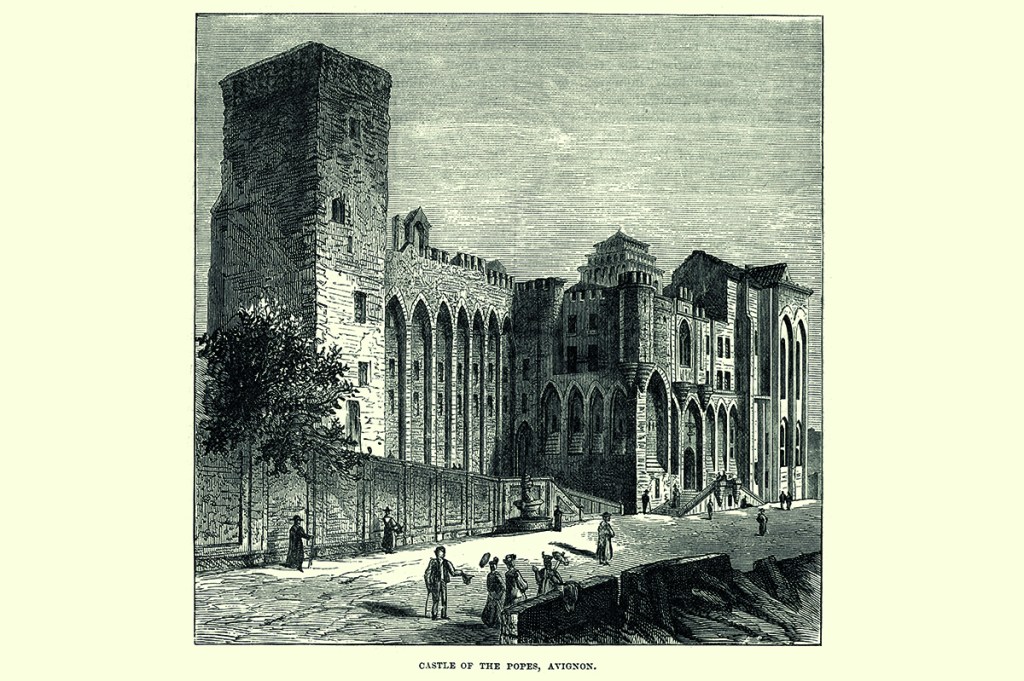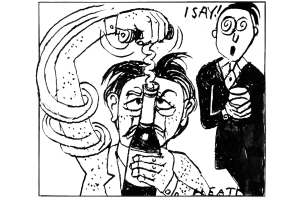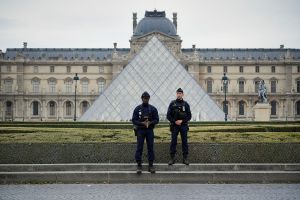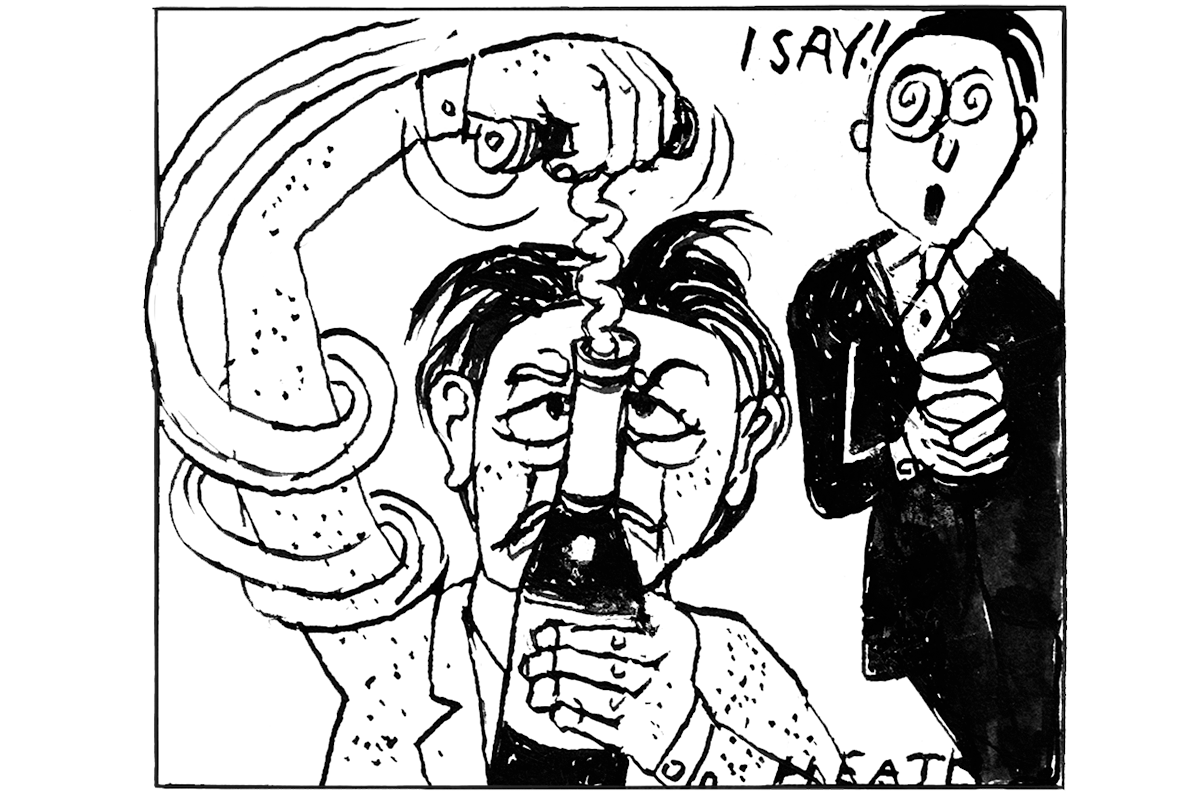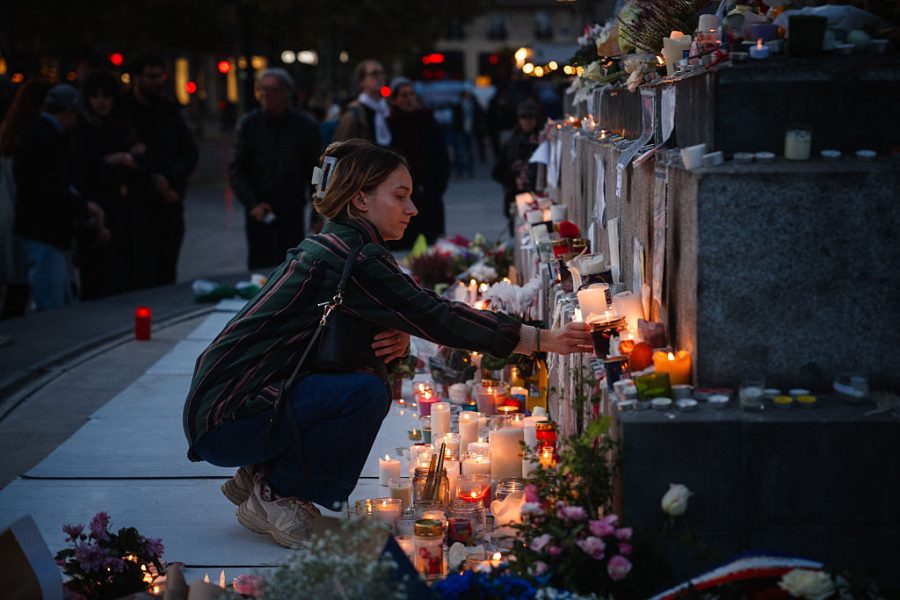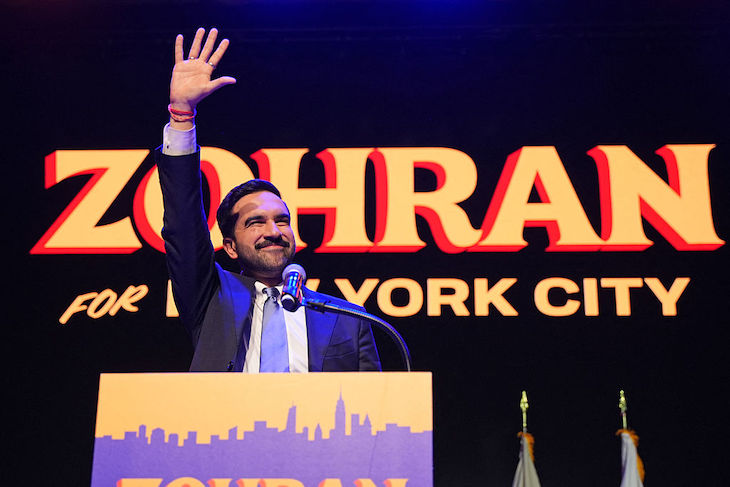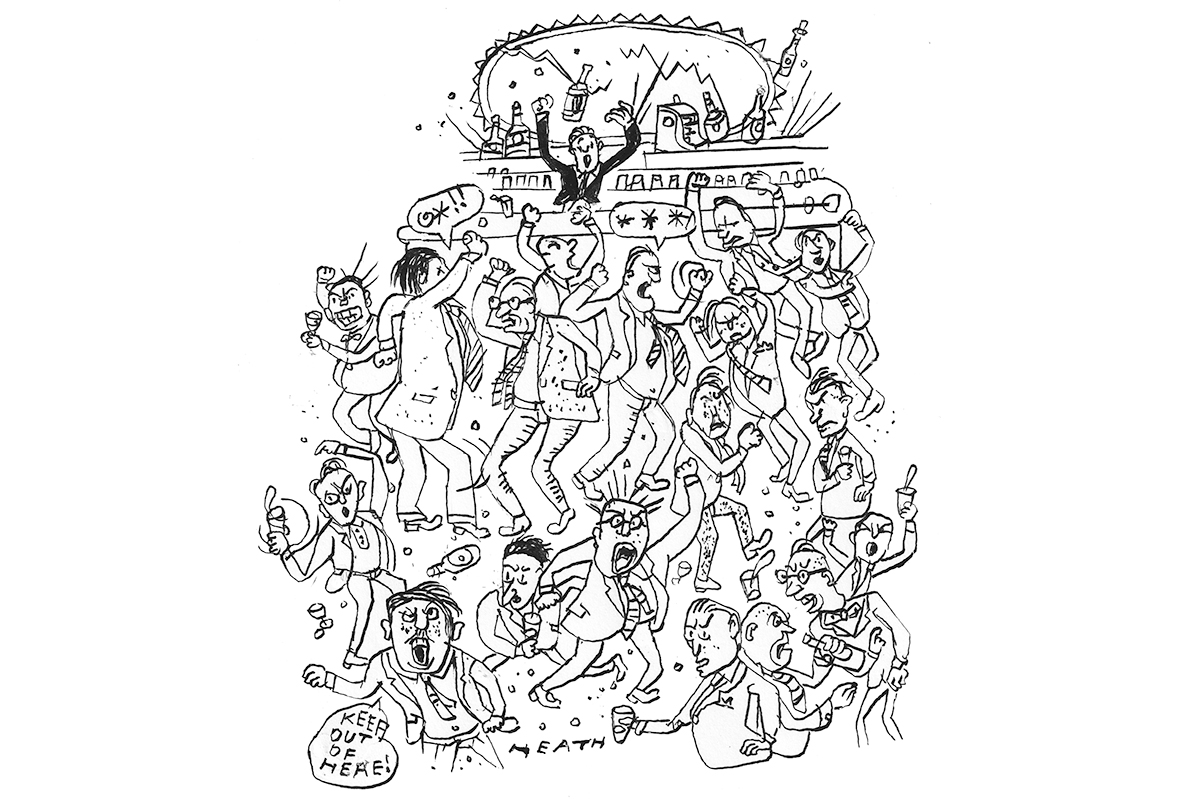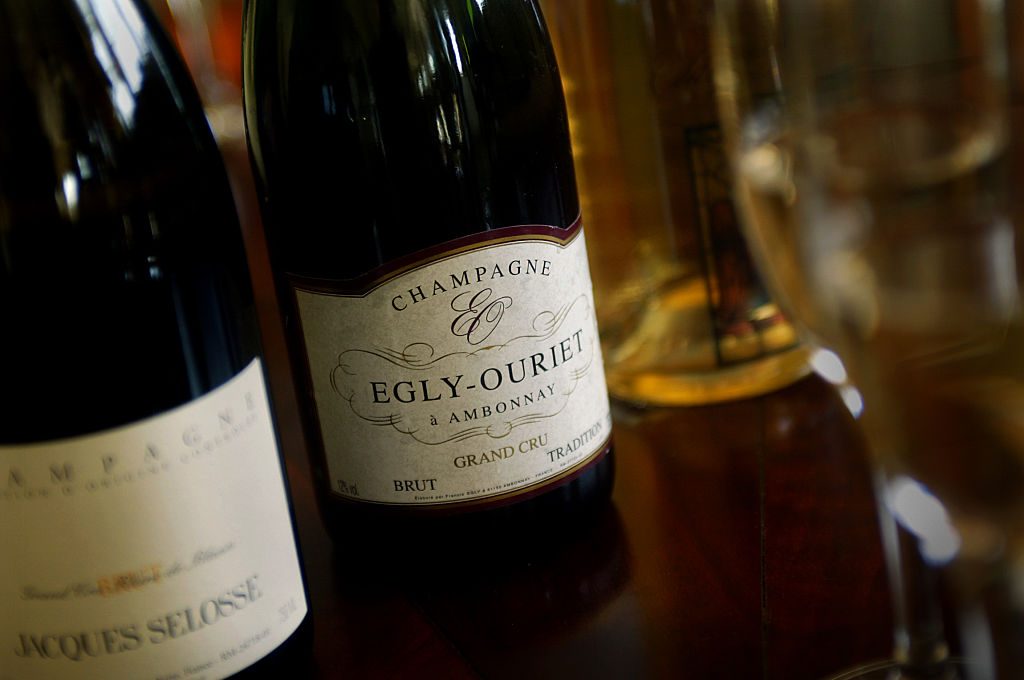To you and me, “Châteauneuf-du-Pape” means the bold, dark, spicy red wine from the Rhône region of southeastern France, a bit north of the town of Avignon, with bottles usually featuring a glass-embossed representation of the keys of St. Peter. If you were Jacques Duèze, known to history as Pope John XXII, second and longest reigning (1316-34) of the Avignon popes, Châteauneuf-du-Pape meant first of all that “new castle of the pope” he built on the hill overlooking the town.
After the popes left, it fell into desuetude and was raided for stone by local builders. During the Revolution, all the buildings except the great tower or donjon were sold off. During World War Two, the Germans attempted to dynamite the structure but succeeded in destroying only the northern half. The southern part survived and still presides over the town.
The Avignon Papacy ran from 1309 to 1376, a time in which the Holy See, fired more by temporal than spiritual ambition, forsook Rome for the French town. The change of venue came about after the French king, Philip IV, sent soldiers to Italy to arrest Pope Boniface VIII, one of the more meddlesome of those temporal-minded popes, in 1303. Boniface was badly beaten and died soon after. The Pope we know as Benedict XI succeeded, but briefly.
Clement V ascended to the throne of St. Peter in 1305. It was he who, in addition to suppressing the Knights Templar, moved the papacy to Avignon and, at the behest of Philip, had Boniface tried posthumously for heresy and sodomy. No verdict was entered but that didn’t stop Dante from casting him into the eighth circle of hell among the simoniacs, those who sell church offices or spiritual goods (so named for Simon Magus, whose entrepreneurial efforts in that direction are described in Acts 8:9-24).
Well, after that history lesson, I require a glass of wine. Let’s make it Châteauneuf-du-Pape. There was plenty of wine grown around that area back before the papacy sojourned there. But the good stuff is of relatively recent, indeed, early twentieth-century vintage. Today, the region is justly known for luscious, full-bodied red wines. Thirteen grape varieties are allowed for the appellation, including some obscure ones like Counoise, Muscardin and Vaccarèse, but the big three grapes in a typical Châteauneuf-du-Pape are Grenache, Syrah and Mourvèdre, in that order.
There are famous names in the appellation — Châeaux de Beaucastel, for example, Rayas, Domaine Vieux Télégraphe and Clos des Papes. Those will set you back $100 or more a bottle. In my researches, I sampled one such star, courtesy of a friend, the 2016 Château de Nalys Grand Vin from E. Guigal. It was, to use a technical term, delish: full of dark fruits and lingering adumbrations, complex without being fussy or standoffish.
Speaking of fruits, let me give you the fruits of my labors, a handful of more modestly priced wines from Châteauneuf-du-Pape. All retail for $30-$40; all are friendly, open, accessible, fruit-forward but chastened by abundant tannin. I liked them all. First up is the 2018 Brotte Secret Barville, one of the richest but also most discreet of the bunch. You know that foie gras you were going to have tonight? This is the perfect accompaniment (or maybe it is the foie gras that’s accompanying: I can never decide). Another candidate is the 2019 Les Alliés: maybe not quite so rich as the Secret Barville, but plenty tasty. And let’s not forget the 2018 Chais du Bâtard Grande Réserve: another winner.
I have two more to offer: the 2018 Domaine du Vieux Lazaret from the venerable Famille Quiot. The wine, though predominantly Grenache, Syrah, Mourvèdre and Cinsault, actually includes a tad of all thirteen allowed varietals. It is a robust, outgoing, biddable wine. Finally, allow me to recommend the 2018 cuvée Elisabeth Chambellan Vieilles Vignes from Père Caboche. It’s an unusual blend: 95 percent Grenache and 5 percent Mourvèdre from La Crau, one of the most storied plots in the area.
I tried two bottles of this wine. It was while tasting the second that I learned the interesting fact that in the 1950s the village of Châteauneuf-du-Pape banned UFOs. The law, which forbids flying saucers from taking off, landing in or flying over the vineyards, is still in force today. I am happy to hear that. You can’t be too careful.
This article was originally published in The Spectator’s March 2022 World edition.



